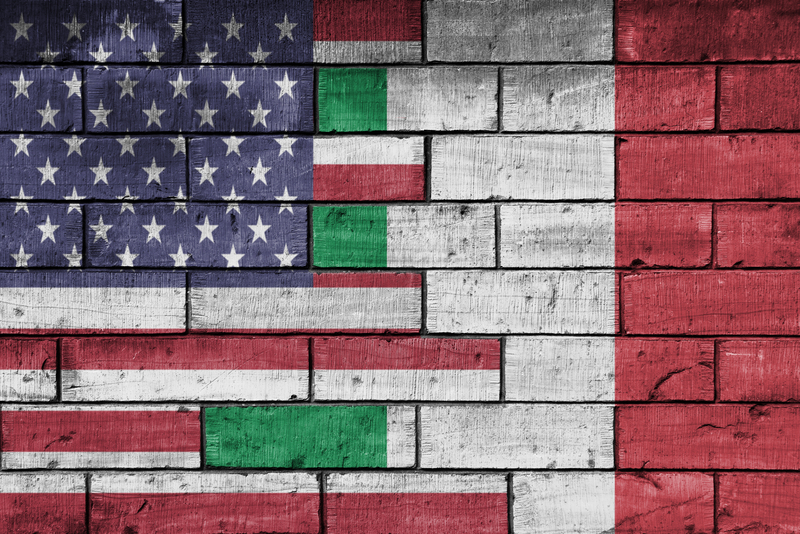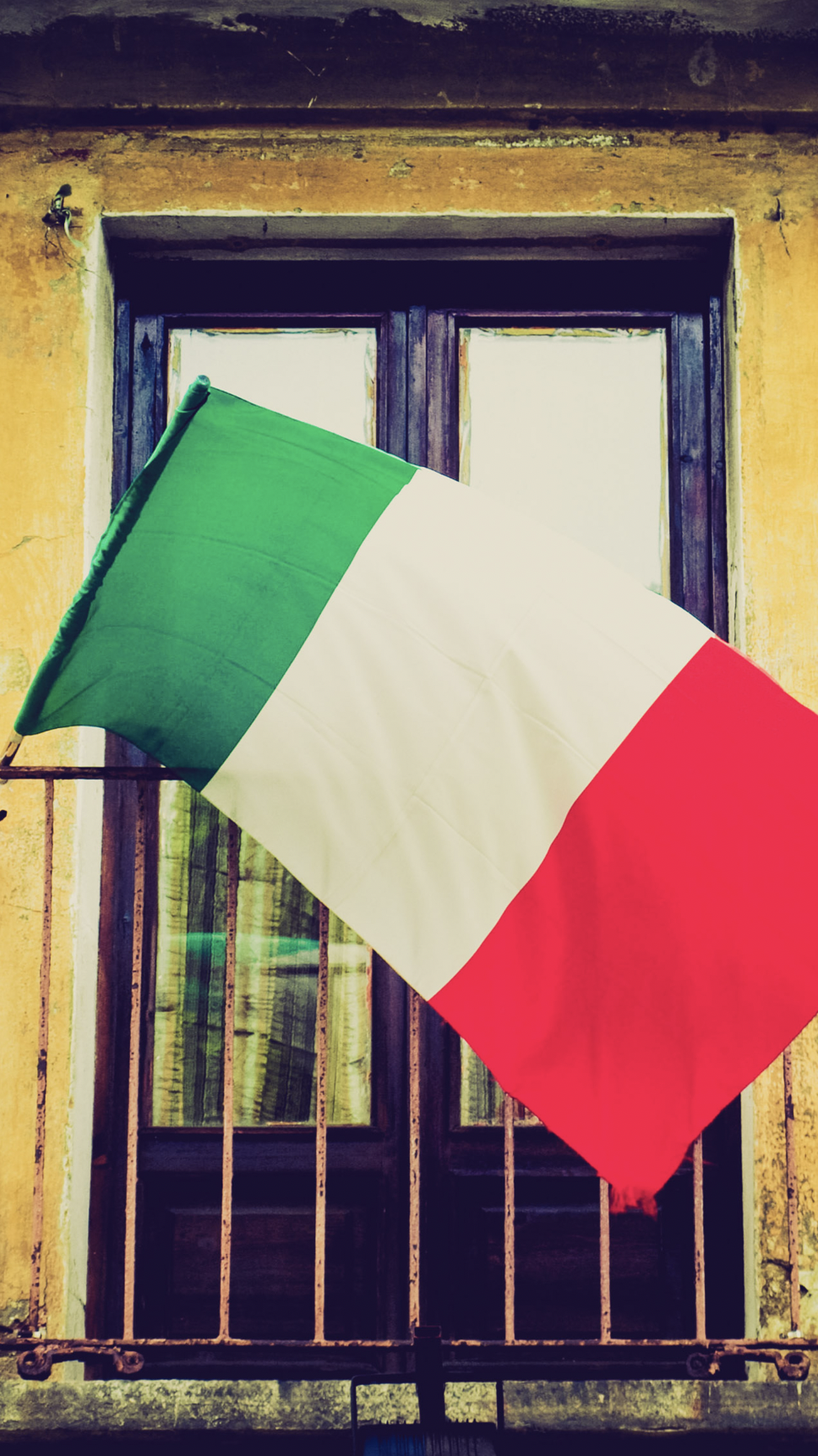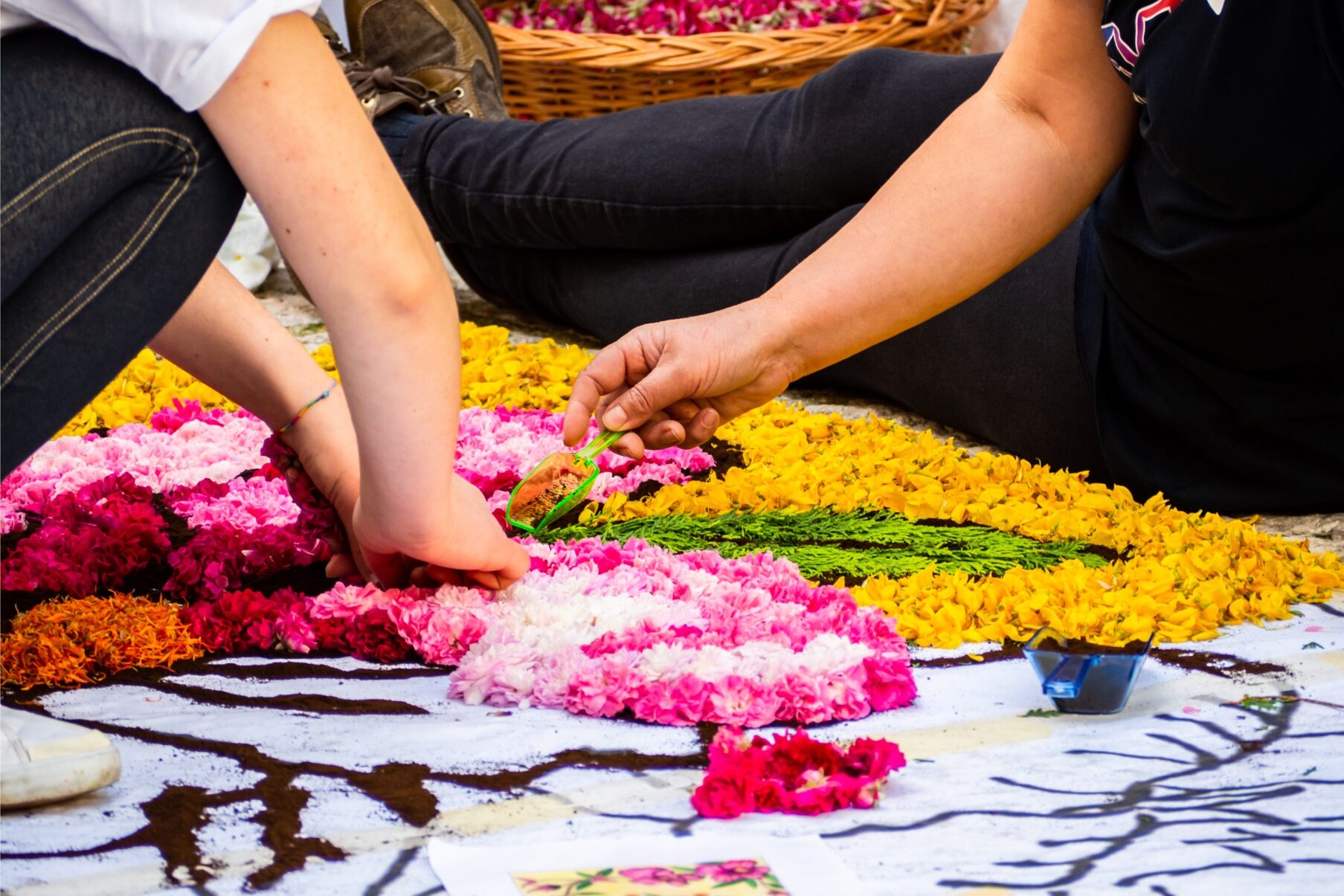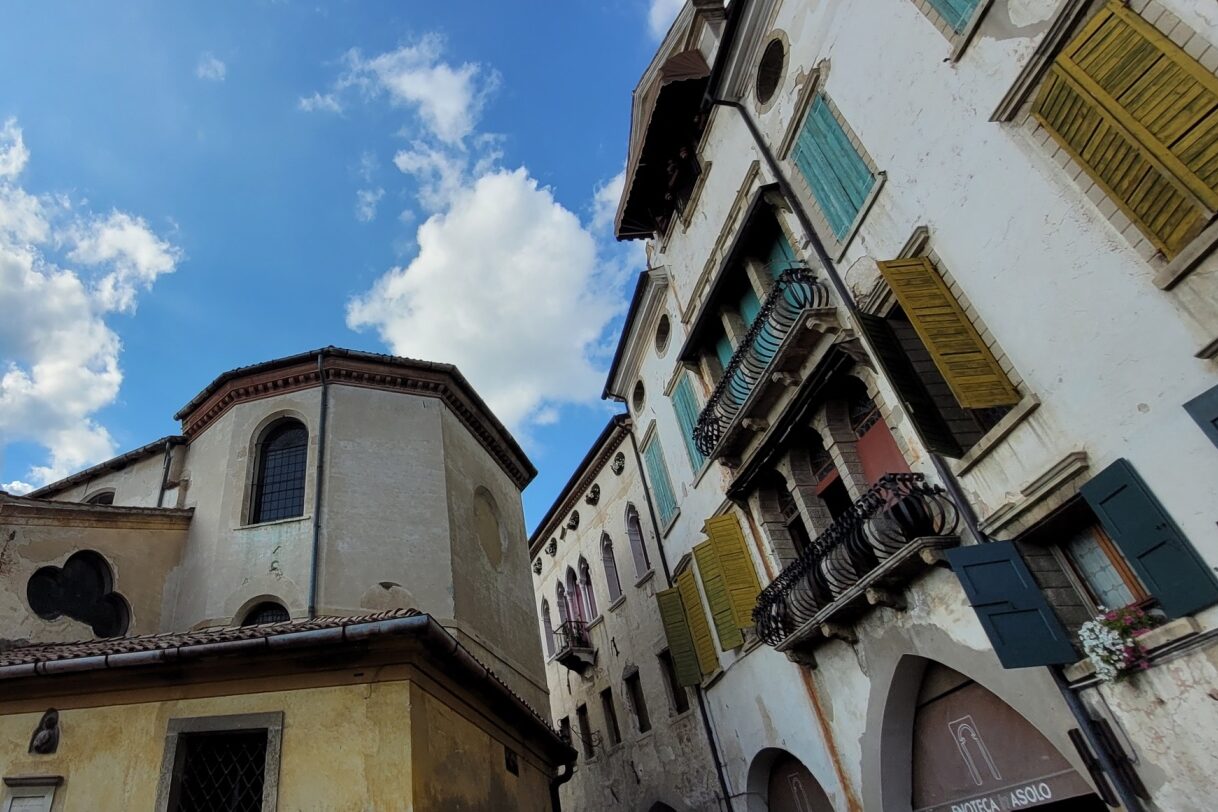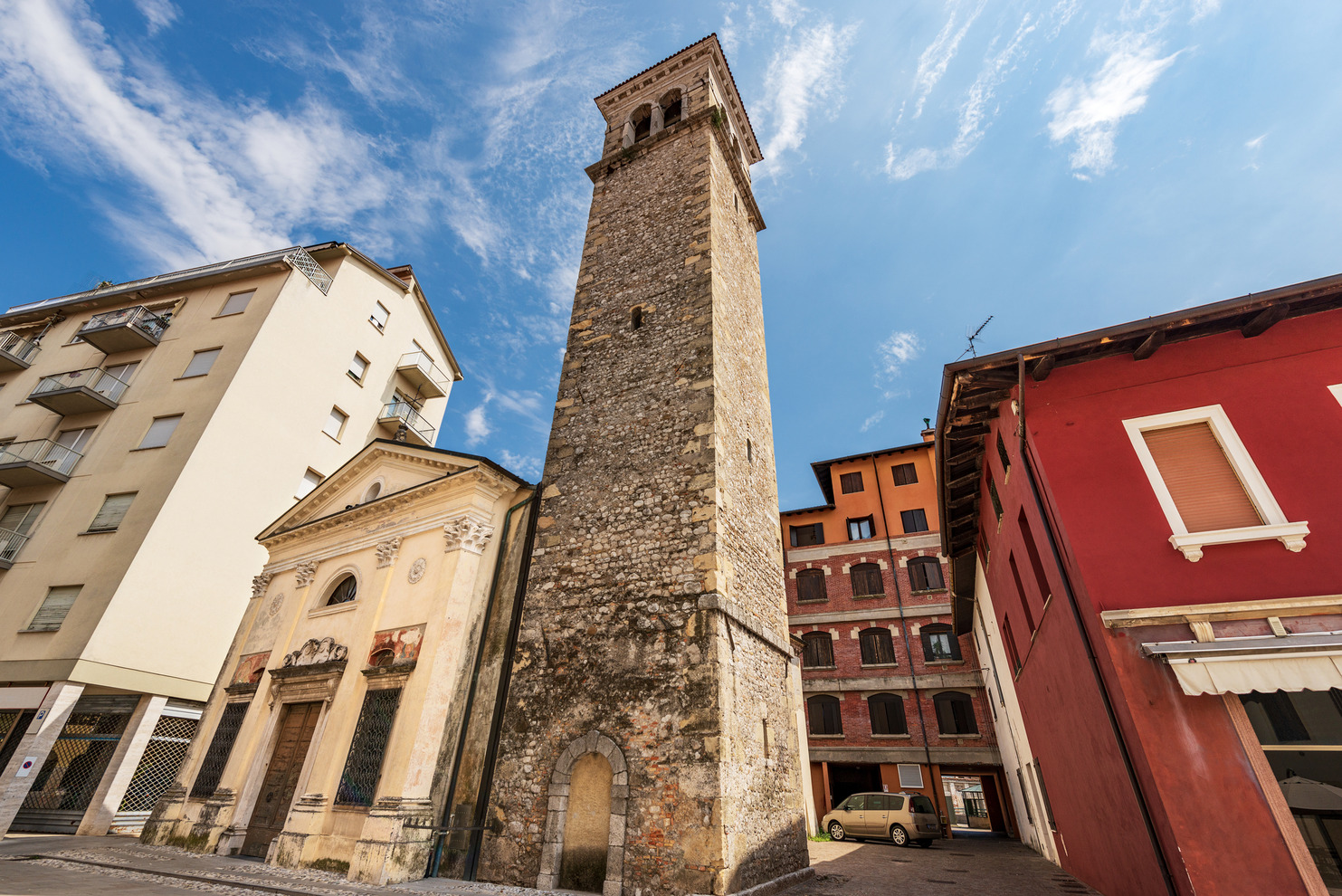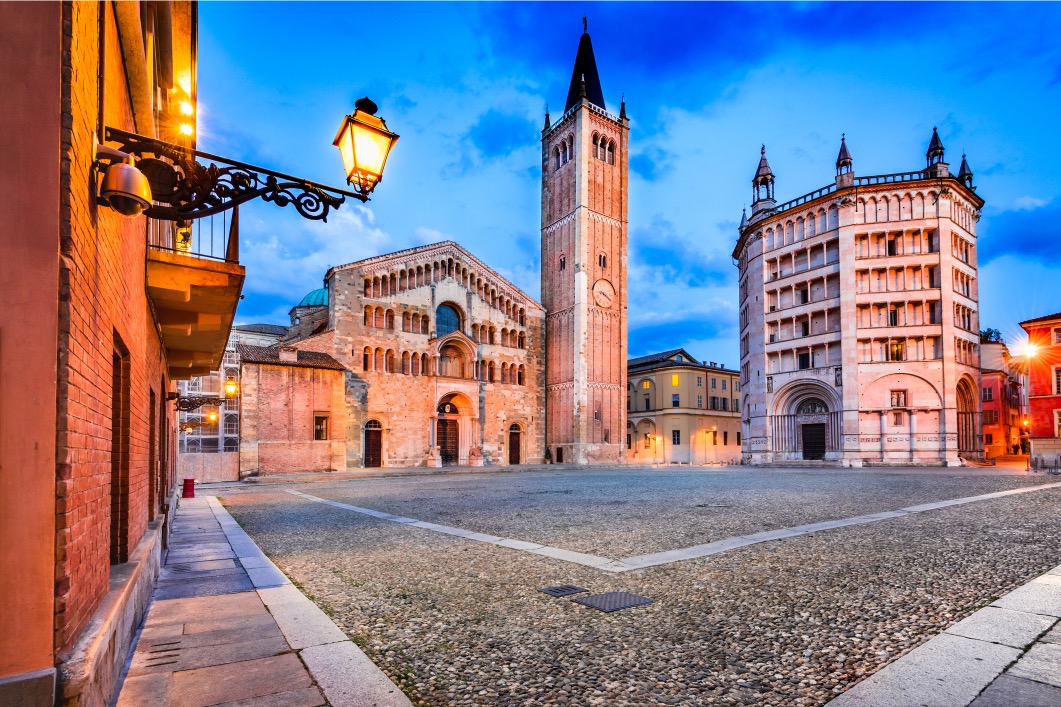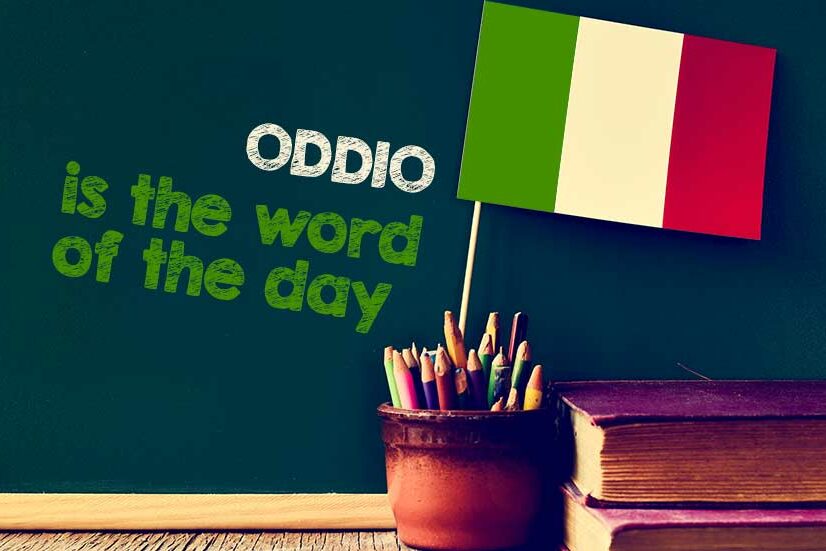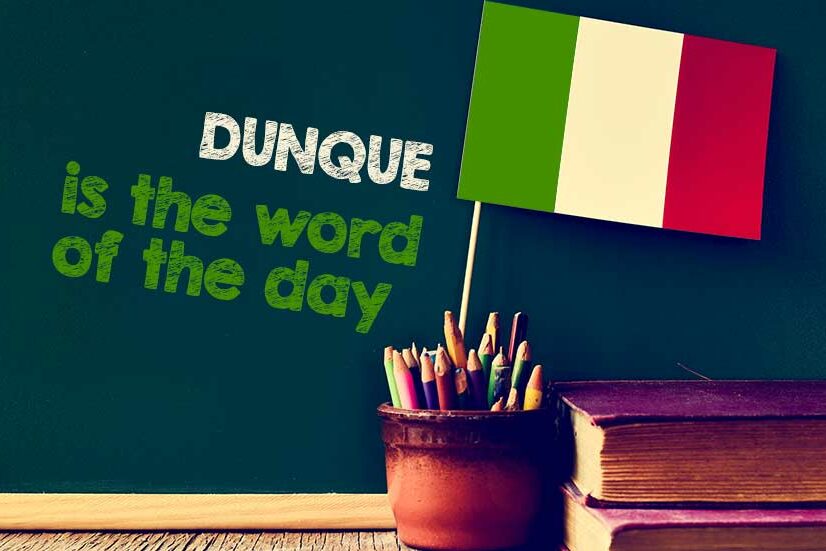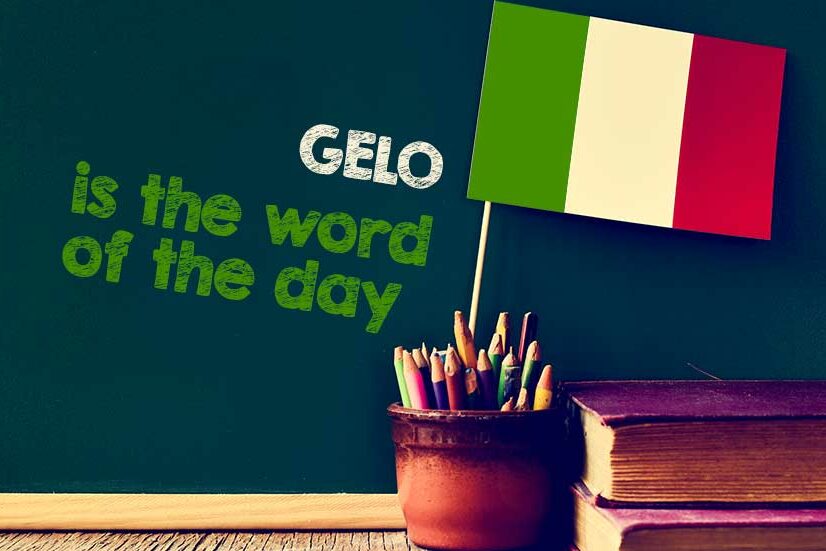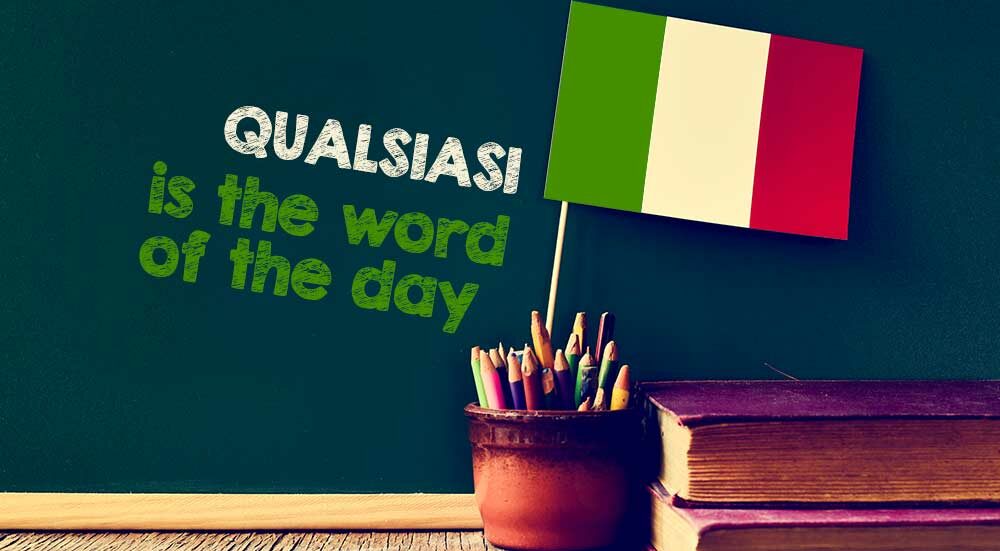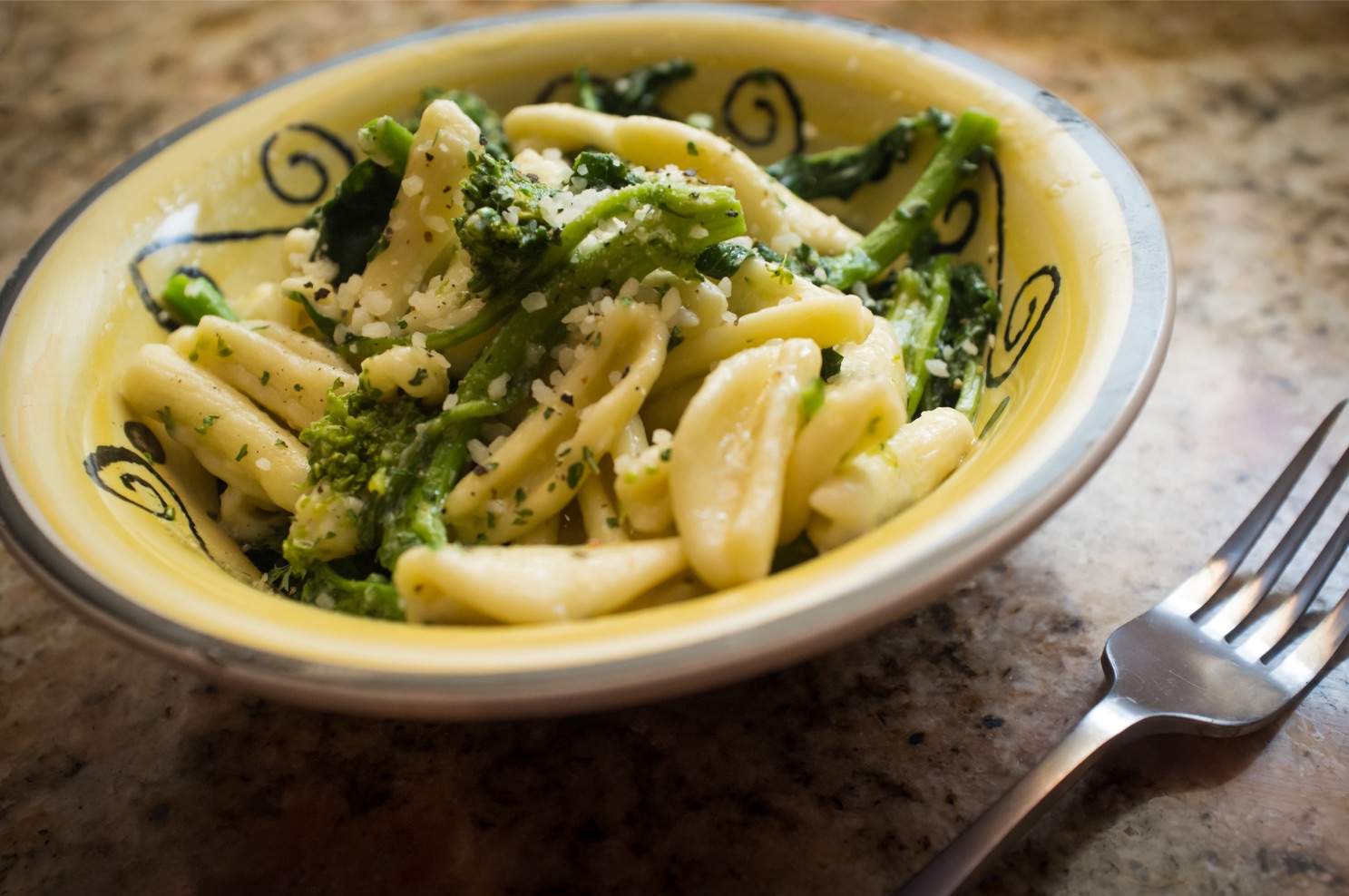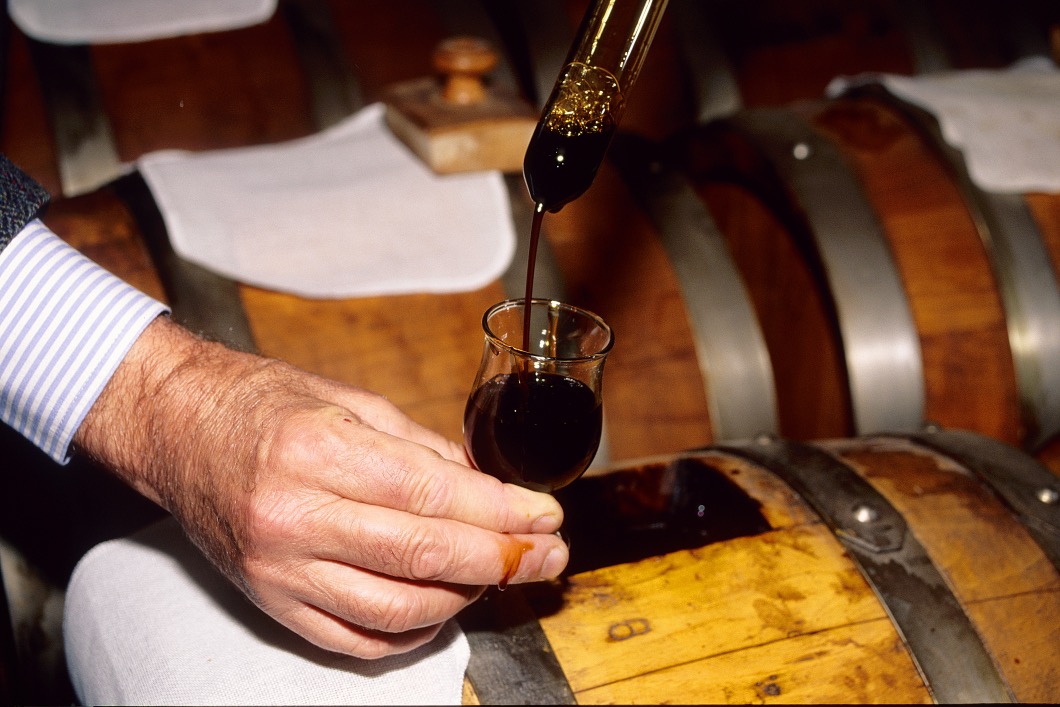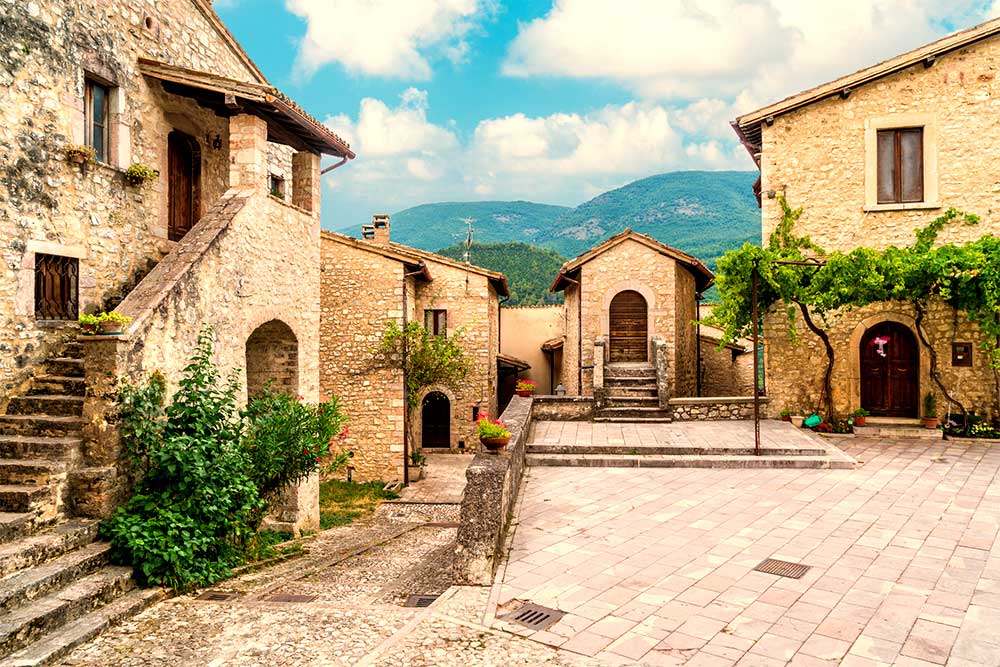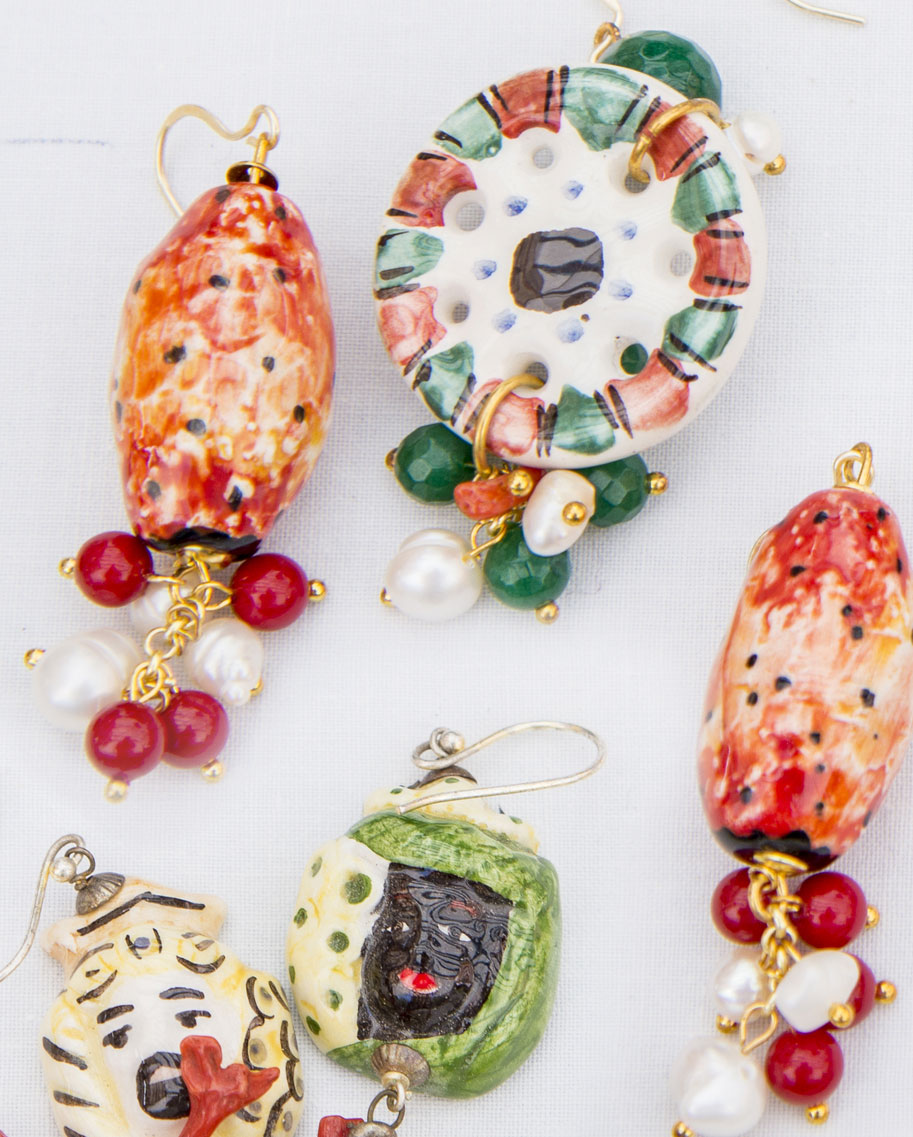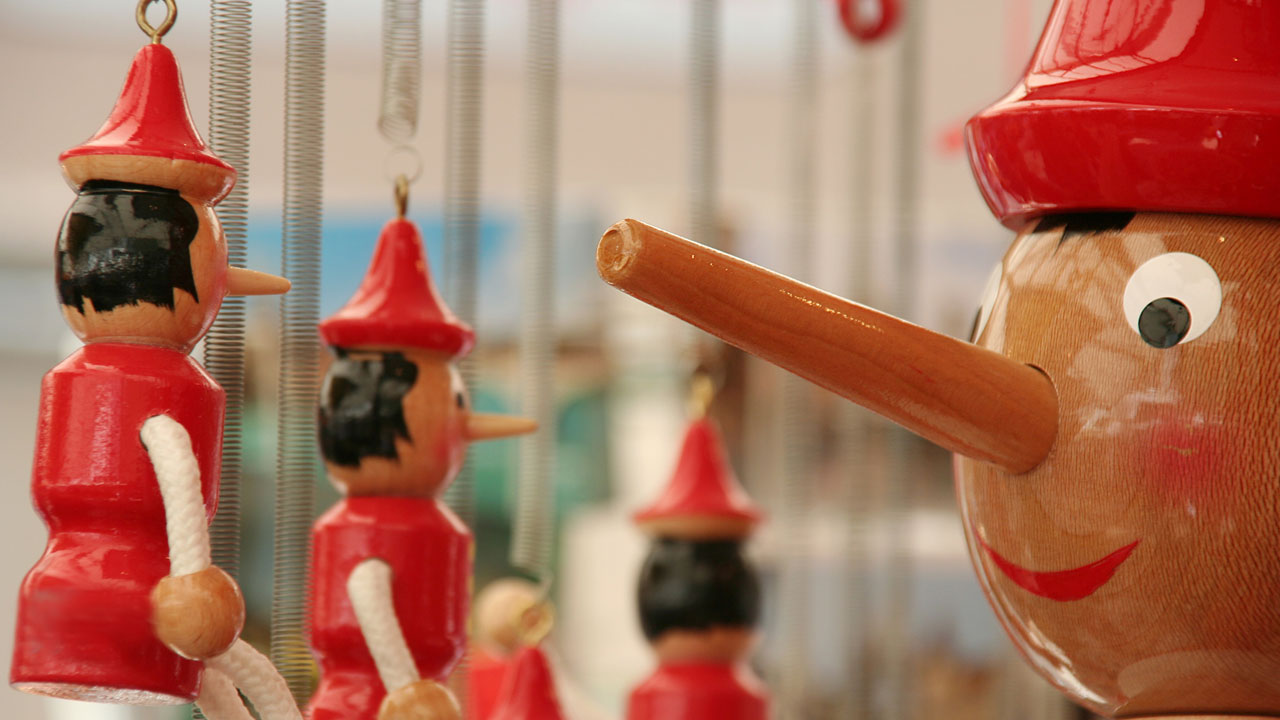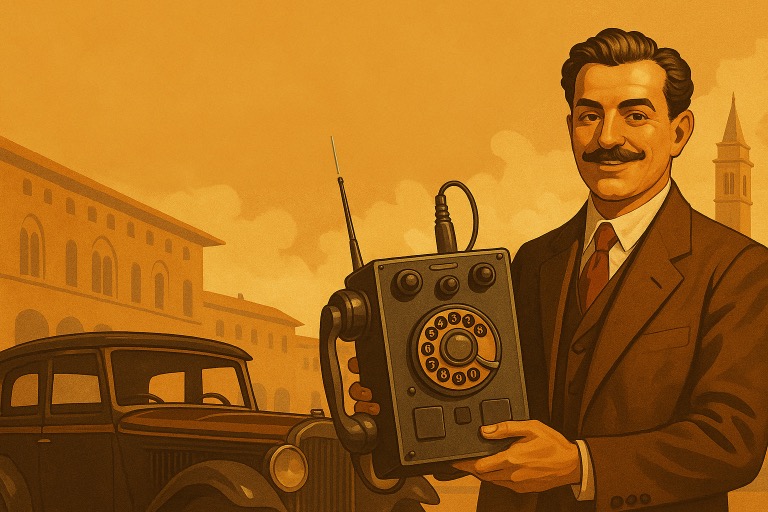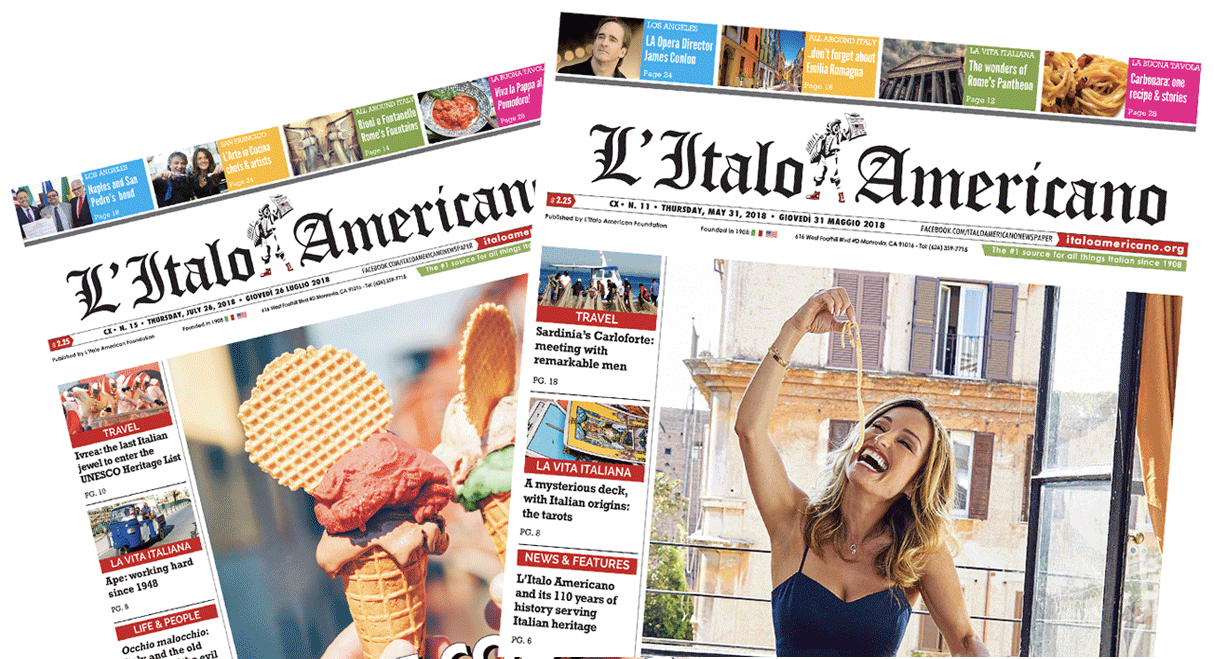From mutual aid societies to communities, the step is short. Not in words, perhaps, but in reality, the transition has certainly taken place. Excluding churches and religious organizations, mutual aid networks have historically been the most widespread form of voluntary association for millions of immigrants in the United States. They also served as one of the few social lifelines available in urban environments where welfare support was scarce, helping people navigate moments of profound difficulty.
Today, as language evolves alongside digital tools and communication methods, communities have taken on a new role. They serve as spaces for social connection, shared goals, and collective action—places where people come together to exchange ideas, support one another, and mobilize for change.
The experience gained by many organizations during the devastating Los Angeles wildfires—which threatened and partially consumed entire communities—made one thing unmistakably clear: teamwork is essential. Uniting efforts, offering support, and standing together isn’t just helpful; in some cases, it has been, and likely will continue to be, the only way to face overwhelming challenges. Only by combining physical and mental strength can people overcome crises that are simply too big to handle alone.
A prime example of this is the charity work led by IwUsa, which we highlight in our cover story. It was one of many initiatives that stepped up in those darkest days, rolling up their sleeves and bringing relief where it was most needed. Their efforts underscored the power of networks, alliances, and collective action in times of crisis.
Moreover, this experience has deepened the sense of belonging within the community. Charity work, the shared mission, and the act of transforming solidarity into concrete action have not only strengthened bonds but have also inspired members to seek new ways to contribute. The drive to help doesn’t stop—it pushes forward, opening new opportunities to be part of something bigger, something with lasting impact.
Between the mid-19th and mid-20th centuries, thousands of brotherhoods, clubs, and societies provided healthcare, social insurance, and material support to workers across nearly all major American cities. These organizations quickly became an essential part of immigrant life, often forming along ethnic lines and offering assistance in every aspect: from celebrations to after-work activities, from medical care to medicine, from funeral services to union support, from orphan assistance to wedding festivities.
For years, they served as a lifeline to the homeland—not just physically, but culturally, linguistically, and, perhaps most importantly, emotionally. Some acted as first points of contact for new immigrants, with longtime members mentoring newcomers, many of whom arrived with no knowledge of English and little idea of where to begin. Many of these associations became informal job placement offices or gathering spaces where immigrants could rebuild not just their professional lives, but their social and familial networks as well.
Over time, some of these groups shifted focus. After the passage of the Social Security Act of 1935, signed by Franklin Delano Roosevelt, which introduced unemployment, disability, and old-age benefits, many societies transitioned from their original mutual aid role to a more recreational one. Yet, their spirit of solidarity and mutual support never truly disappeared.
Today, while many of these historical societies still hold an important legacy, they struggle to attract younger generations, who now connect, meet, and socialize online rather than through traditional memberships. The form has changed, but the essence remains the same. The spirit of assistance is still alive—perhaps even stronger than before, as many who offer help today do so with purely altruistic intent, without expecting anything in return.
The Los Angeles wildfires served as a powerful reminder of this enduring sense of community. Online connections became real-world friendships, neighbors became allies. In those desperate days, small moments—smiles exchanged, hands extended—spoke louder than words. Those who lost everything found not just material aid but emotional support, a guiding light in the darkness.
The past may have changed its shape, but the ability to rely on a caring community remains as essential as ever.
Dalle società di Mutuo Soccorso alle community il passo è breve. Non come sembra a parole, ma sicuramente è avvenuto. Se si escludono le chiese e l’associazionismo di natura religiosa, le reti di Mutuo soccorso hanno storicamente rappresentato per milioni di immigrati negli Stati Uniti la forma più diffusa di associazionismo volontario ma anche uno dei pochi salvagenti sociali a cui aggrapparsi, in dimensioni urbane ben poco assistenziali, per superare momenti di grande difficoltà. Oggi che il linguaggio è cambiato, così come i modi e gli strumenti digitali a disposizione, le community spesso sono luoghi di aggregazione sociale, di condivisione di obiettivi e punti di vista, spazi di relazione e incontro, momenti di confronto e di azione.
L’esperienza maturata da molte associazioni durante i tragici incendi di Los Angeles, minacciata e parzialmente divorata dalle fiamme, ha reso ben evidente la necessità di fare squadra. Unire gli sforzi, aiutarsi, sostenersi reciprocamente è essenziale e in alcuni casi è stato e molto probabilmente sarà l’unica soluzione possibile per affrontare eventi più grandi di noi, situazioni in cui solo unendo le energie, fisiche e mentali, è possibile superare le difficoltà in campo.
L’esperienza della charity messa in atto da IwUsa, di cui parliamo nella storia di copertina, una delle tante che abbiamo fortunatamente visto muoversi, rimboccarsi le maniche e animare i soccorsi nei giorni più disperati, ha mostrato proprio l’importanza della rete, delle alleanze, del mettersi insieme per fare squadra.
E’ inoltre risultato evidente come l’esperienza della charity, l’obiettivo da raggiungere, la solidarietà da trasformare in gesti concreti, abbia rafforzato ancora di più il senso di appartenenza alla community ma ha anche lanciato la palla in avanti portando i componenti a cercare nuove opportunità per contribuire ancora, per trovare nuovi modi con cui sentirsi parte di una missione più grande.
Tra la metà del Diciannovesimo e la metà del Ventesimo secolo, migliaia di confraternite, club e society hanno fornito assistenza sanitaria, assicurazioni sociali e sostegno materiale ai lavoratori di quasi tutte le grandi città americane. Divennero presto un punto di riferimento imprescindibile nella vita delle comunità immigrate, spesso connotandosi etnicamente, in grado di offrire aiuto in tutto: dalle feste al dopolavoro, dai medici ai medicinali, dai funerali al supporto sindacale, dall’assistenza agli orfani alle feste di matrimonio. Esse costituirono per anni il legame con la madrepatria, un legame fisico ma soprattutto culturale e linguistico e forse, cosa ancora più importante, sentimentale. Alcune funsero da centro di prima accoglienza per gli immigrati con i vecchi iscritti che agivano da filtro e da mentori per i nuovi arrivati, spesso assolutamente allo sbaraglio, se non allo sbando, non avendo nemmeno la capacità di comprendere e parlare l’inglese. Molte associazioni divennero veri e propri uffici di collocamento o luoghi di ritrovo dove ricostruirsi una rete amicale se non familiare. Molte persero l’originaria funzione mutualistica per acquisirne una più ricreativa all’indomani del Social Security Act del 1935, la legge firmata da Franklin Delano Roosevelt che introdusse l’indennità di disoccupazione, di malattia e di vecchiaia, ma l’eredità solidale, intimamente legata al mutualismo, non si è mai dispersa.
Oggi, gran parte delle vecchie society, pur conservando un bagaglio importante, non riescono ad affiliare giovani, ad attrarre new entry che invece si incontrano, si tengono in contatto, si danno appuntamento, socializzano online. Sostanzialmente la forma non è più la stessa ma la sostanza, quella no, non è affatto cambiata. Non solo lo spirito assistenziale è lo stesso ma forse, dato che in molti casi non c’è alcun ritorno né alcuno scopo associativo, è persino più solidale nel senso che chi aiuta lo fa assecondando uno slancio puramente emotivo.
Gli eventi tragici degli incendi di Los Angeles hanno sicuramente contribuito a creare nuove reti. I contatti delle community sono diventati persone reali, concittadini con cui stringere legami. Ci sono stati incontri e sorrisi che hanno fatto più di mille parole. Chi ha perso tutto ha trovato una mano tesa, ha gestito meglio il pesante carico emotivo, ha acceso una luce nella notte. Il passato ha cambiato vestito ma poter contare su una comunità amica resta fondamentale.
